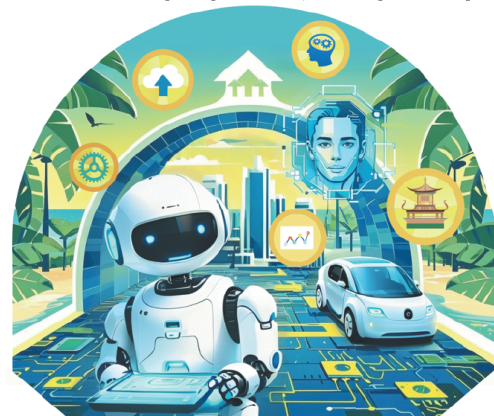Thomas Cech’s ‘The Catalyst’ spotlights RNA and its superpowers
The Catalyst is part ode to the oft-overlooked molecule and part detailed history of the scientists who’ve studied it. RNA has clearly ensorcelled Cech. And after reading his book, the molecule may ensorcell you, too.
RNA was once considered the “biochemical backup singer” to the diva DNA, Cech writes. But this molecule, a largely single-stranded cousin of DNA, seems to be pretty wondrous all on its own. It can slice, it can splice, it can perform a rollicking array of genetic gymnastics that scientists may still not fully comprehend. Cech, a biochemist at the University of Colorado Boulder, catalogs these abilities in an informative story that offers readers a no-stone-unturned tour of the biochemical basics.
But RNA’s superpowers aside — and in Cech’s view, they are legion — The Catalyst makes a strong case for the value of basic research. This is research that peeks under nature’s hood and attempts to uncover fundamental truths that govern our world. It’s work driven by a scientist’s curiosity, rather than yoked to a specific disease. And the payoffs can defy expectations.
That might sound counterintuitive. If the goal is to cure breast cancer or Alzheimer’s disease, for instance, why shouldn’t researchers laser-focus on those illnesses? Cech argues convincingly that taking such a narrow view of medicine means scientists might miss something important.
Take sickle cell disease. Last year, the U.S. Food and Drug Administration approved the first CRISPR/Cas9 gene-editing therapy to treat the genetic disorder (SN: 12/8/23). CRISPR/Cas9 is a kind of molecular scissors that relies on RNA to make targeted changes to the genome. But that technology didn’t get its start in research on blood diseases. Scientists developed CRISPR after investigating a quirk of bacterial genomes (SN: 4/5/17).
Cech’s own RNA breakthrough came from studying another unlikely source: pond scum. He zeroed in on Tetrahymena thermophila, a single-celled organism with an unusual genome. Each Tetrahymena carries thousands of copies of the gene for ribosomal RNA, a molecule that builds proteins. While studying that RNA, Cech’s team discovered something “whose existence violated what had been considered to be a bedrock rule of nature.” They had discovered ribozymes, RNAs that act like enzymes.
Until then, scientists had assumed that all enzymes were proteins. An RNA that could perform the same catalytic feats bordered on blasphemy. The discovery was momentous and earned Cech the 1989 Nobel Prize in chemistry, which he shared with molecular biologist Sidney Altman (SN: 10/21/89). Cech ably captures the excitement, sending readers back in time to peer over the shoulders of lab members doing the historic experiments.
But the untold value of unexpected discoveries from unlikely sources seems to be lost on funders, Cech writes. The National Institutes of Health, for instance, has cut funding for studies on the basic biology of organisms like Tetrahymena in favor of more disease-oriented research.
That could be a monumental blow to medicine. Because, as Cech writes, “the story of RNA illustrates that many of our most promising new drugs and therapies have come out of research that was driven by scientific curiosity alone.”
#TheCatalyst #ThomasCech #RNA #RNABiology #MolecularBiology #RNAResearch #ScienceSpotlight #Biochemistry #NobelLaureate #ScientificBreakthrough #Genetics #Catalysis #MolecularSuperpowers #Biotech #RNAWorld #RNARevolution
Twitter : https://twitter.com/youngsc06963908
Linkedin- : https://www.linkedin.com/in/shravya-r...
Pinterest : https://in.pinterest.com/youngscienti...
Blog : https://youngscientistaward.blogspot....
Tumblur : https://www.tumblr.com/blog/shravya96




Comments
Post a Comment